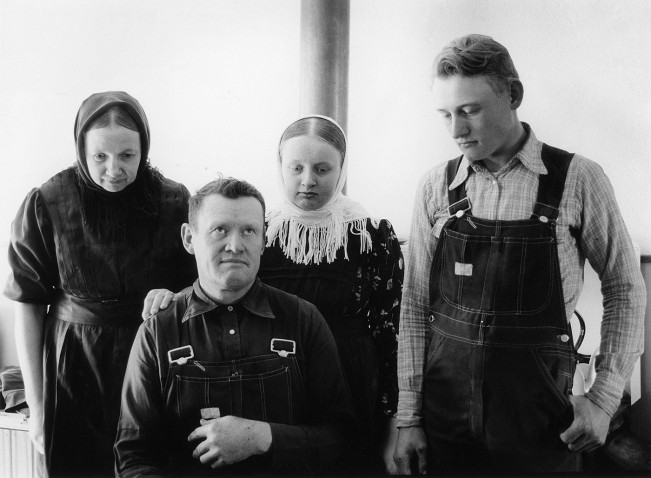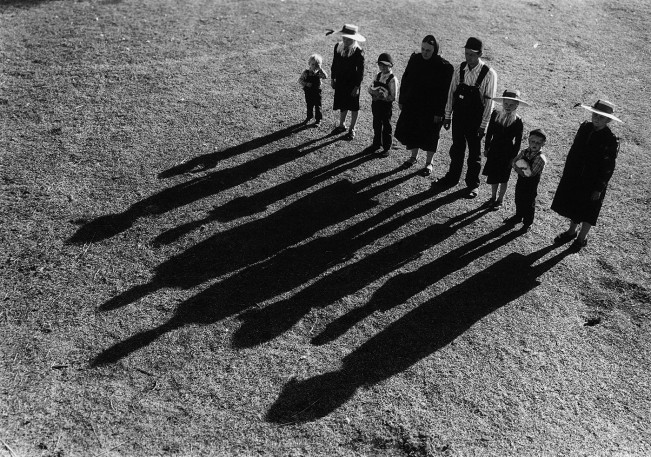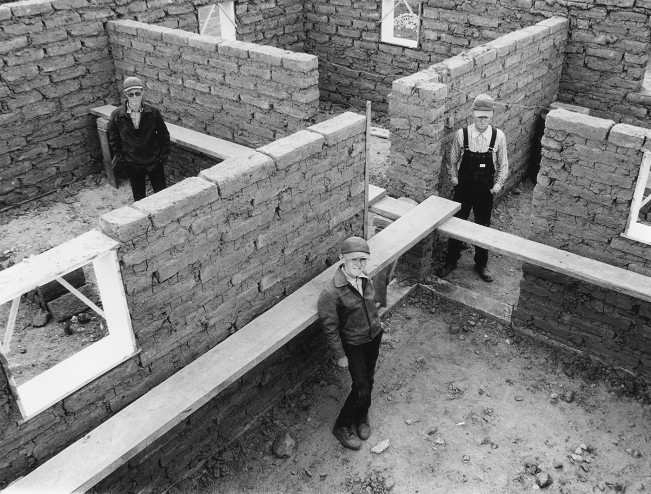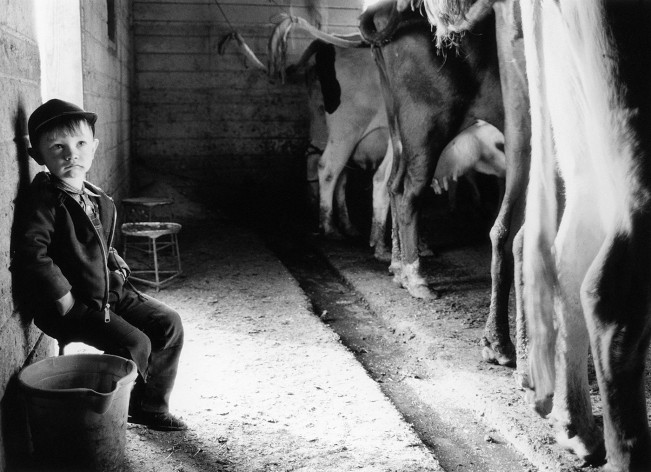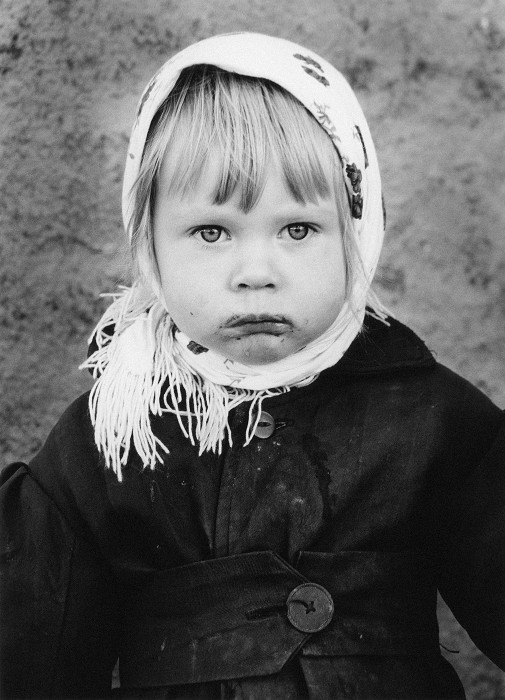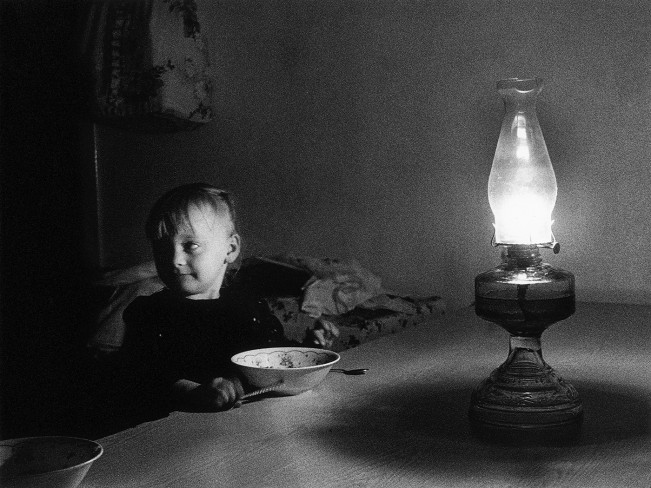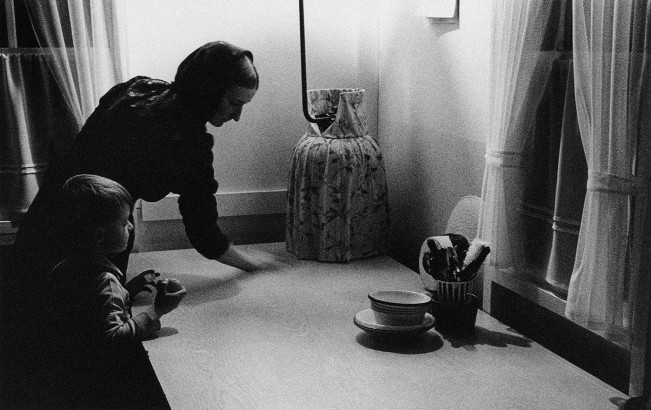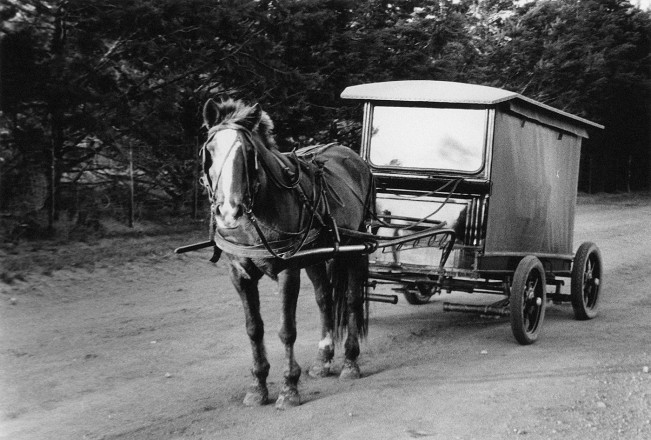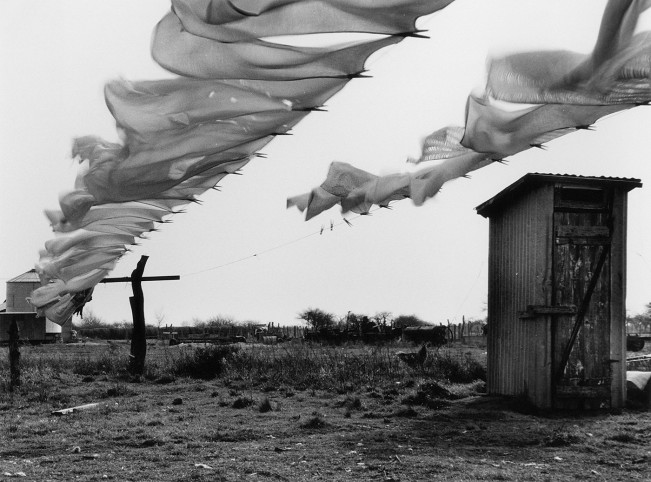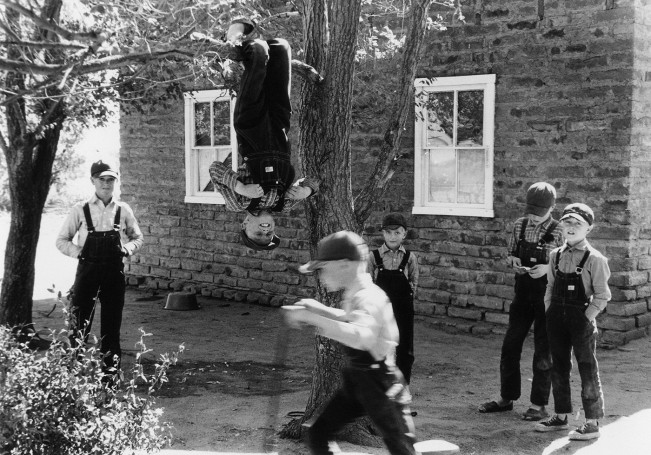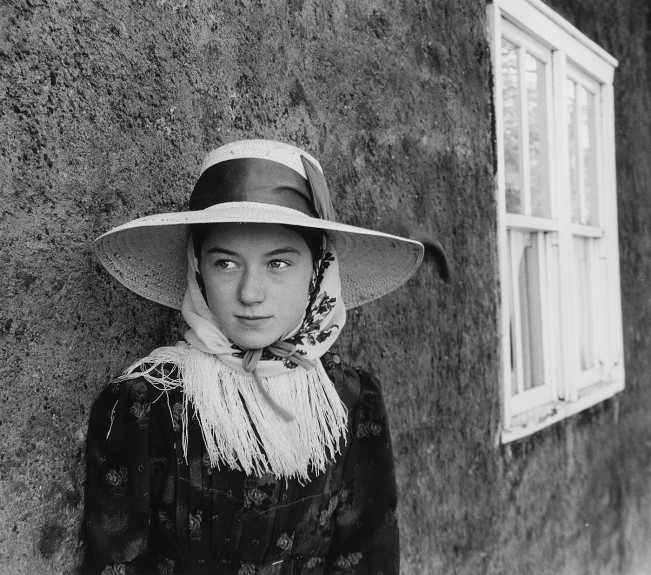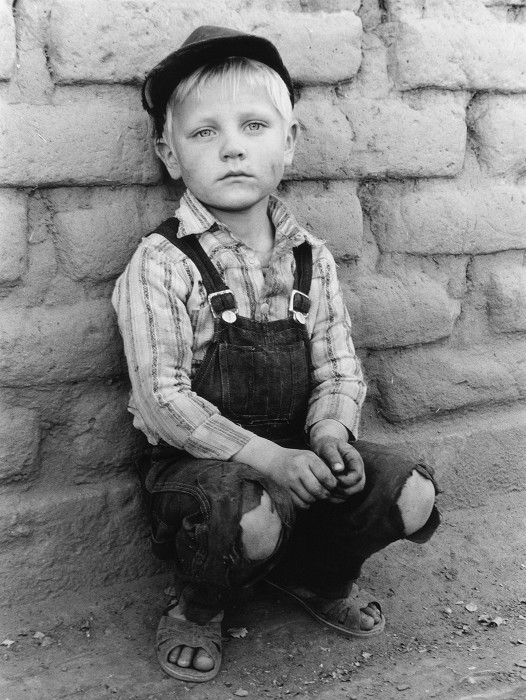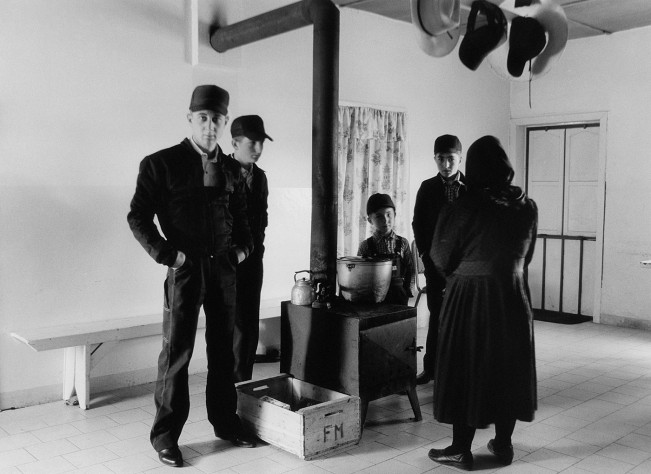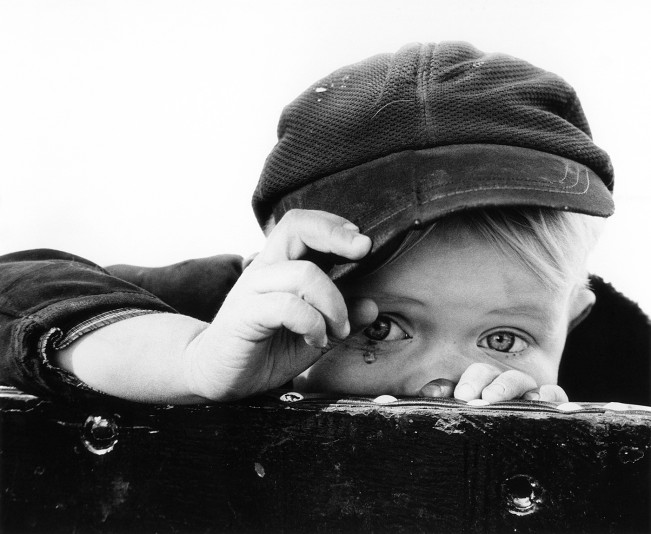Javier Bertín: La Nueva Esperanza Mennonite Colony
Two decades. That’s what Pampino photographer Javier Bertín has spent at the heart of a unique project documenting the daily life of the La Nueva Esperanza Mennonite Colony near Guatraché —deep in the Argentine south.
The Mennonites, a Christian denomination that emerged during the 16th century Radical Reformation in Europe, arrived in Argentina in the late 1980s. Near Bertín’s hometown, the community is known for choosing to live modestly in close-knits that value tradition and simplicity.
Initially reluctant to the artist, the Nueva Esperanza Mennonites and Bertín have built a solid bridge of trust and familiarity. Between 2004 and 2005 alone, the artist made more than ten visits to the colony. Over the ensuing years, he amassed a remarkable archive comprising a thousand images that vividly capture the intricacies of their customs, lifestyle, and everyday occurrences.
In a photography world often quick to exploit, extort, and exoticize, Bertín’s human approach reminds us of the importance of immersion, proximity, and connection for the authenticity and ethical soundness of projects that aim to document “the other.” As Bertín explained, this project involved crossing several boundaries —linguistic, cultural—through a non-verbal, deeply human connection.
Today, the deeply moving intimacy captured in Bertín photographs reaches our eyes; giving us a generous look into places very few have entered. The artist hopes they shine light on our shared humanity.
Javier Bertín was born in 1970 in General San Martín, La Pampa, and although he still resides in that town, his desire to explore the world and capture it through his camera keeps him constantly on the move. He studied photography at the Diego Ortiz Mugica School and took courses with Raúl Forte, Marcos López, Tony Valdez, and Juan Travnik. In 2005, he exhibited his black and white work about the Mennonite Colony at the Centro Cultural Borges. Over the years, he has also participated in group exhibitions at the Centro Cultural Recoleta, Expo Trastienda, and the Milo Lockett Gallery. Currently, he is working on a new project related to the Mennonite universe but approached from a different perspective. In 2023, he won a grant from the Fundación Luz Austral as part of the International Virtual Portfolio Forum, and his work was curated by Alasdair Foster (Australia), Christoph Tannert (Germany), and Jens Friis (Denmark). In the same year, he also received a grant from the Proyecto Imaginario Latinoamérica, where he will be undergoing training for 18 months.
Follow Javier on Instagram: javierbertinph
VC: What initially sparked your interest in the Mennonite Colony of La Nueva Esperanza to decide to document it photographically?
JB: In 2004, while studying photography with Diego Ortiz Mujica, I was chatting with Gabriela, his partner, about the place where I live, General San Martín, La Pampa. She asked me about the proximity of the Mennonite colony, La Nueva Esperanza. That was the trigger for my curiosity, and the following weekend, I was there. Entering that territory is stepping into a different world, with its own rules and culture. It requires shedding many prejudices and the exercise of looking further. From the very beginning, I knew I wanted to capture that essence with my camera.
VC: Your projects seem to transcend the specificity of the Mennonite community to touch on universal aspects of humanity. Could you expand on how you achieve this transcendence through your images?
JB: I’m not quite sure how it happens. I suppose it’s not a conscious process. Something internal guides me that I wouldn’t know how to describe. What I do know is that, despite not sharing the language or customs, the camera has become a vehicle for an intimate connection with them, and I believe that transcends mere portraiture.
VC: Is there a particular moment you treasure while working with this community? Could you tell us more about the relationships you have forged with them while working on this project?
JB: There have been many moments, but I remember one that illustrates the peculiar interaction that developed with them. One day, convinced that I needed to photograph the interior of a house, I not only invited the family into their own home but also arranged them to achieve that photograph. Some magic happened then, for me, where I ended up being part of something so intimate and reserved for them.
VC: How did the community react to someone coming to photograph them?
JB: In 2004, carrying a camera was bringing technology they didn’t know and didn’t belong to their culture. I went to visit them for months. I always invited them to stand in front of it, and later returned with the developed photos for them to see. Agreeing to this and trusting a stranger meant moving them from a familiar place.
VC: Tell us more about this photograph.
JB: This photo is from a typical Sunday. Just like in our culture, Sundays are for social gatherings and enjoyment, as no work is done. In this photo, you see children being children.
VC: I’ve had the fortune of being one of the few to see your photographs of Mennonites both in black and white and in color. In this transition from black and white photography to color work, how do you think your narrative and visual approach to capturing the life of the Mennonites changed?
JB: The first photos were in black and white. We’re talking about 20 years ago. Important events occurred in the transition to color. The change in technology, moving from analog to digital, and my development as a photographer, along with experimentation. What I find fascinating about black and white is the sense of timelessness it creates. And when I switched to color, I became fascinated with the textures, the combination with backgrounds, and also, in contrast to that timelessness, the ability with color to record the passage of time and to place them in an era.
VC: You often speak about the importance of proximity and immersion in the Mennonite community for your project. What challenges did you face when trying to integrate, and how did you overcome them?
JB: When you encounter a community with a different language and customs, it can obviously be difficult to interact. I think, based on not disrespecting them, I found a way to be with them and feel welcomed each time I was there, always being cautious not to do anything that goes against their way of life and being grateful to them. Obviously, there was something about my way of being that never made me feel that those customs were obstacles to interacting with them.
VC: Considering the evolution of your project, from its initial perception to delving into Mennonite daily life, how has this experience influenced your personal and professional development as a photographer?
JB: It has definitely been a life experience and part of who I am. Without a doubt, it’s part of personal development, respect, humility, diversity, deconstruction, breaking stereotypes, which ultimately extend to life with others beyond the Mennonite community. In terms of professional development, it was an opportunity to showcase my work as a professional. It opened doors to exhibitions and also to training with other professionals.
VC: Finally, do you have plans to expand your work on the Mennonites or explore new communities or topics with a similar approach in the future?
JB: I would love to expand my work to other communities. It would be fascinating and a larger project. Economic difficulties always stand in the way of facing travel, stays, etc., for those of us who still cannot live off our artistic work
Vicente Isaías is a Chilean multimedia artist working primarily in research-based, staged photographic projects. Inspired by oral history, the aesthetics of picture riddle books, and political propaganda, his complex still lifes and tableaux arrangements seek to familiarize young audiences with his country’s history of political violence. His 2022 debut series “JUVENILIA” earned him an Emerging Artist Award in Visual Arts from the Saint Botolph Club Foundation, a Lenscratch Student Prize, an Atlanta Celebrates Photography Equity Scholarship, and a photography jurying position at the 2023 Alliance for Young Artists & Writers’ Scholastic Art and Writing Awards in the Massachusetts region. His work has been exhibited most notably at the Griffin Museum of Photography, Abigail Ogilvy Gallery, PhotoPlace Gallery, and published nationally and internationally in print and digital publications. A cultural worker, he has interviewed renowned artists and curators and directed several multimedia projects across various museum platforms and art publications. He is currently a content editor at Lenscratch Photography Daily and Lead Content Creator at the Griffin Museum of Photography. He holds a BA in Studio Art from Brandeis University, where he received a Deborah Josepha Cohen Memorial Award in Fine Arts and a Susan Mae Green Award for Creativity in Photography.
Follow Vicente Isaías on Instagram: @vicente.isaias.art
Posts on Lenscratch may not be reproduced without the permission of the Lenscratch staff and the photographer.
Recommended
-
Earth Week: Simon Norfolk: When I am Laid in EarthApril 27th, 2024
-
Earth Month Photographers on Photographers: Josh Hobson in Conversation with Kes EfstathiouApril 19th, 2024
-
Earth Month Photographers on Photographers: Leonor Jurado in Conversation with Jessica HaysApril 18th, 2024
-
Ruotong Guan: Falling. Slowly. but,April 13th, 2024
-
Seth Adam Cook: As Big As The SkyApril 12th, 2024

